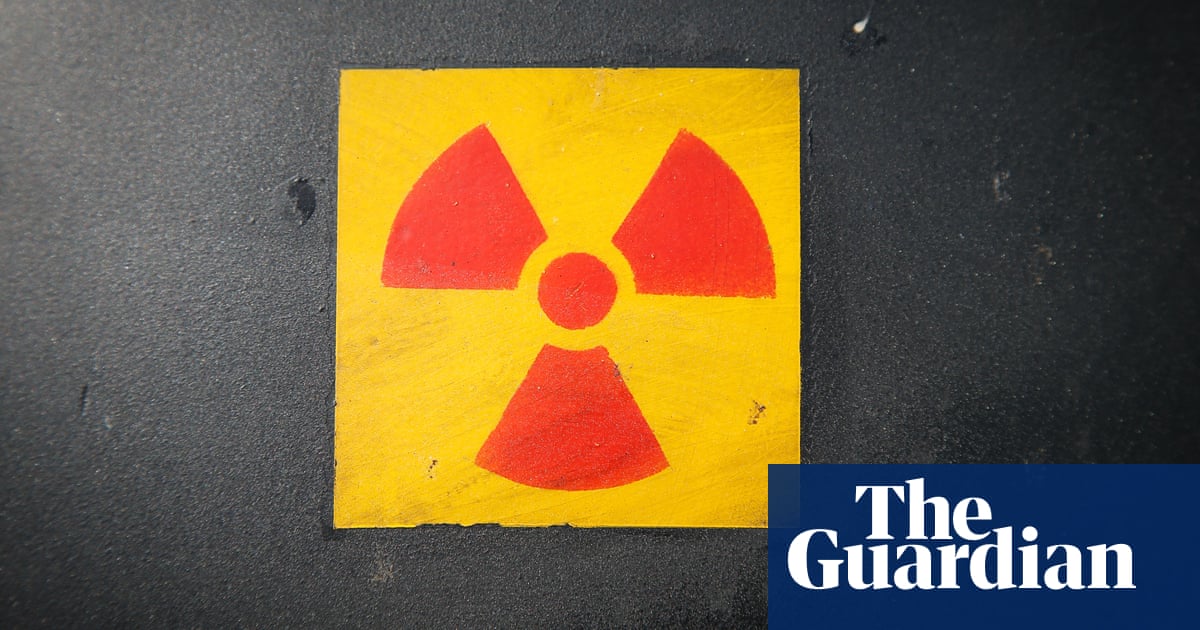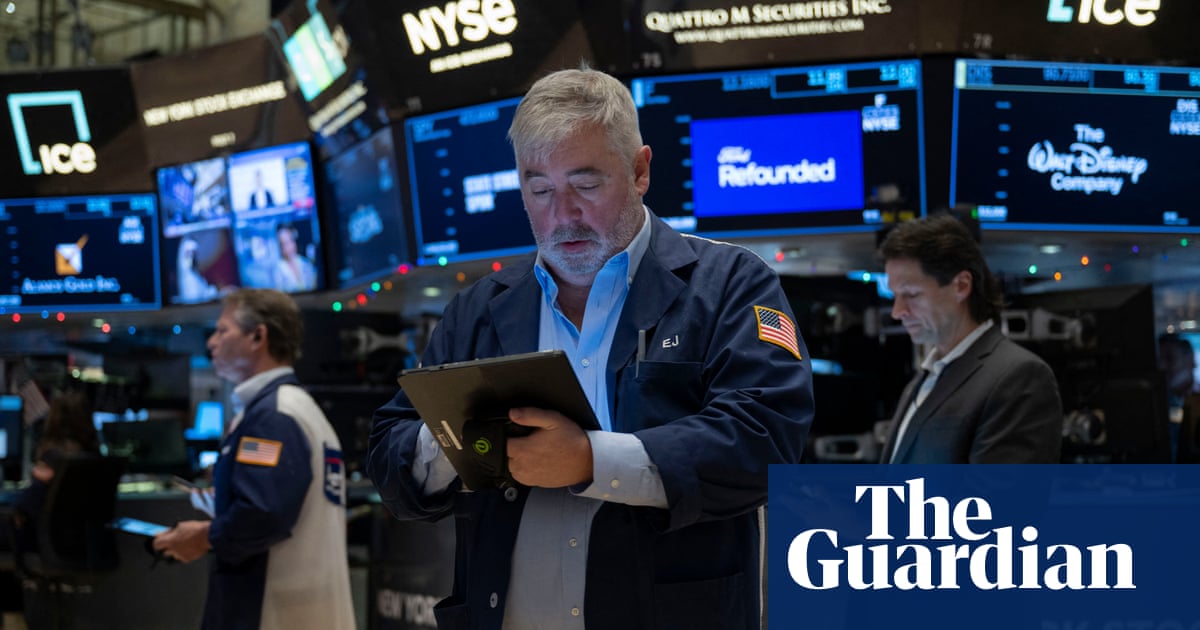
As the economy recovers and cross-border travel resumes, there will be upward pressure on the oil price
DUBAI: Global equity markets ended 2020 on a bang fueled by the rollout of COVID-19 vaccines, a last-minute signing of the $900 billion coronavirus relief and spending bill by US President Donald Trump and the successful conclusion of the Brexit deal. All three major US stock markets broke records, the Nikkei 225 reached the highest levels in 30 years and copper reached heights not seen since 1994.
This was a nice setup for 2021. So, what lies in store for equities, bonds and commodities? As vaccines are rolled out, the global economy is set for a recovery. The IMF predicts global gross domestic product to grow by 5.2 percent, while advanced economies and emerging economies will advance by 3.9 percent and 6 percent, respectively, according to the fund’s October 2020 forecasts.
However, we are far from out of the woods: IMF Chief Economist Gita Gopinath warned that the road toward recovery would be long and uneven. She is joined in this sentiment by most central bank governors, all of whom stress that the first few months of 2021 will remain challenging.
The 2008-09 global financial crisis marked the heyday of central bankers whose quantitative easing programs averted a collapse of the global financial system. In 2020, it became obvious early on that central banks could not do the heavy lifting alone and that fiscal stimulus was needed. It came in the form of trillions of dollars of fiscal programs across the globe.
Fed Chairman Jerome Powell, European Central Bank President Christine Lagarde and their cohorts never tire of impressing on their respective governments the need to continue fiscal stimulus well into 2021.
Base rates are at all-time lows between 0.25 percent and zero in the US and well below zero percent in the euro zone and Japan. They are expected to remain low for the foreseeable future. In the US, they will not be raised until the end of 2023 or until inflation is consistently above 2 percent and unemployment at pre-pandemic levels. (The latter nearly doubled from 3.5 percent in February to 6.7 percent in November.)
Interest rates and inflation have ramifications on investment strategies. Low interest rates dampen fixed income returns, which, according to the Bloomberg Barclays global bond index, have been compressed to 0.84 percent for nine-year maturities compared with the means of 2.79 percent over the past decade.
This explains a drive toward equities. Blue-chip stocks with solid returns have for some time taken the erstwhile place of bonds in investment portfolios. As work, play, consumption and life in general moved online due to the pandemic, 2020 saw investors piling into technology growth stocks. The S&P 500 was driven by the FANNGs (Facebook, Amazon, Apple, Netflix and Google.) During the last quarter we have seen a mild rotation out of growth stocks to value stocks and cyclicals, which may continue at pace as economies loosen up from pandemic lockdowns and borders reopen.
Airlines and hospitality will take time to recover, but will resume their activities in 2021 albeit from a very low base. A lot will depend on how effective vaccines are at keeping the virus in check and allowing international travel to resume in a meaningful way.
While the pandemic has accelerated the dominance of the tech sector, toward the year-end governments in the US, Europe and China have become increasingly concerned about inordinate market power of Big Tech — a trend that is set to continue. In 2020, it culminated in the Chinese government accusing Alibaba of monopolistic behavior and blocking the IPO of Ant Group, which is now reported to be restructuring in order to avoid being forced to break up.
The incoming Biden administration’s trade policy is likely to be more predictable than that of the Trump government. However, we should expect skepticism toward China to prevail. At the same time global investment flows into China are set to rise as the country is giving foreign investors greater access to its capital markets.
Inflation has been much written about. While it is not on the agenda during the first few months in 2021, when liquidity is starting to chase post-pandemic constrained supply in goods and services, things may change down the road.
In that context we should watch commodities: As the economy recovers, demand for oil will grow. In its December update, the International Energy Agency sees oil demand in 2021 3.1 million barrels per day (bpd) below 2019 levels. The overall dent in oil demand for 2020 is expected to come in at 8.8 million bpd. The oil price has recovered remarkably during the year, surpassing the $50 per barrel level for Brent and WTI flirting with the $50 mark.
This is a far cry from the minus $40.30 for WTI in April and could only be achieved because OPEC+ (an alliance of OPEC and 10 friendly nations) managed supply, starting with production cuts of 9.7 million bpd in April, which have been lowered to 7.2 million bpd as of January 2021. The OPEC+ decision to meet on a monthly basis — to add or take off barrels as and when required — will help avoid inordinate price volatility. Recent statements by Saudi Arabia and Russia emphasized a strong commitment by OPEC+ to continue its efforts to balance oil markets.
As the economy recovers and cross-border travel resumes, there will be upward pressure on the oil price. Some analysts see oil as the reflation trade of 2021. It will probably take time until we see price levels comparable to those at the end of 2019. However, higher price levels and less volatility will be important for oil exporters, especially in the GCC. In 2021, we will still see budget deficits, but these will be smaller compared with 2020.
Other commodities, such as copper, nickel, silver and cobalt, will also be in high demand and see rising price levels. This is driven by a recovering global economy and a renewed push toward energy transition. The Biden administration will have the US rejoin the Paris agreement on climate change and has announced that it intends to spend $1.7 trillion on clean energy technologies over the next 10 years. The moral weight and leadership by the US should not be underestimated.
There is growing consensus behind the importance of combating climate change and, with it, the need to accelerate energy transition. The EU aspires to become the first climate neutral continent. South Korea and Japan have announced their intention to achieve net zero by 2050 and China by 2060. These aspirations, as well as an increasing reluctance of financial institutions to finance carbon-based sources of energy, will effect the standing of Big Oil, and influence attitudes toward petroleum-exporting nations such as Saudi Arabia and the UAE.
This brings us to the last trend to watch in 2021. Environmental, social and corporate governance (ESG) has become the hot investment proposition. We can expect this trend to continue on an accelerated basis, especially as the Biden administration takes office.
Deloitte expects ESG investment to grow by 300 percent between 2020 and 2025 in the US. It predicts the share of ESG investment of professionally managed money in the US will reach 50 percent by 2025, making ESG one of the most important asset classes.












